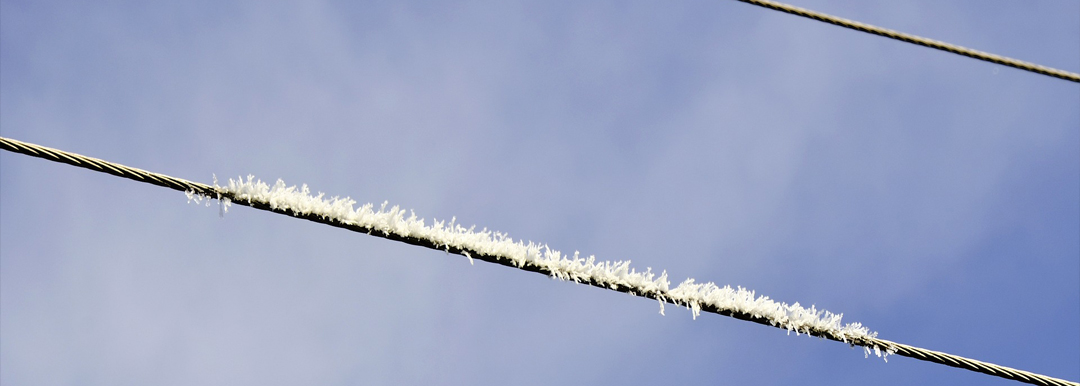Climate change is the new reality for Canadian infrastructure, and its effects have become so pronounced that it can no longer be denied – the Prairie and Great Lakes are seeing droughts, the Arctic Circle is seeing glacial loss, everything is becoming hotter and extreme weather events will continue to increase.
The droughts and flooding are stressing the already aging Canadian infrastructure and impacting our drinking water quality and supply, stressing our water treatment systems and threatening our electrical grid. Although Canada is well positioned when it comes to water supply, with 0.5 percent of the world population and access to 7 percent of the world’s potable water, ignoring the havoc climate change is wreaking on our quality and access to water would be short-sighted.
When it comes to water, some areas of the country are dealing with extreme precipitation events which have been linked to waterborne illnesses, such as cryptosporidiosis and giardiasis. Studies predict that increased rain events will mean additional runoff and stream turbidity, reducing the effectiveness of water treatment. Flooding adversely impacts the operation of wastewater treatment plants, sometimes necessitating emergency discharges.
Warmer temperatures and increased storm water runoff also means increased algae blooms – not only can they be toxic both to aquatic life and humans, but blooms can also negatively impact water quality and clog freshwater intakes.
Meanwhile, other parts have seen their water levels drop, threatening their supply and the quality of it. Not only are warmer winters and the lack of precipitation in portions of the country impacting water-centred recreation, agriculture and industry, but snow packs – important water storage sources – are melting faster and earlier than before.
It is more important than ever to divert storm water runoff and inflow and infiltration from our treatment plants, preserve our current supplies of water and prevent loss from leaks and breaks in our drinking water systems.
Our drinking water and sanitary systems aren’t the only important infrastructure threatened by climate change – the electrical grid has its own problems, with much of it reaching or surpassing its useable lifespan, with problems exacerbated by climate change. From coastal flooding to ice storms, extreme weather events are more common than ever.
Massive ice storms in December 2013 and December 2017 left tens and hundreds of thousands of Canadians without power after transmission lines were snapped under heavy loads of ice. In June/July 2021, a heat dome settled over western Canada, sending energy demands soaring in British Columbia and Alberta. Storms accompanied by huge surges left large parts of BC without power in December 2021, and hurricanes, derechos, droughts, and more walloped the nation in 2022.
Our electrical grid also is aging, with many parts of it operating for longer and under more extreme weather than engineers of the past ever bargained – or designed – for. To face a future that will include increased extreme weather events that have already severely impacted the Canadian power grid several times over the past decade, the grid will need to be hardened and made smarter – from physical aspects like poles that can withstand higher winds to design aspects, like rerouting energy when a portion of the grid fails.
All Canadian infrastructure, from water to electrical, needs to be maintained, and that includes the private infrastructure that connects homes to utility systems. However, since private infrastructure is, well, private, there’s little a utility can do if a private sewer service line is allowing significant I&I that ultimately ends up in the utility system or if a home’s aging electric system is posing a safety hazard.
What utilities can do is partner with Service Line Warranties of Canada and offer their customers affordable, optional emergency home repair plans that can address the private infrastructure that impacts utilities’ systems but are out of their hands.
Our call centre is open 24/7/365 to handle service requests from customers, and we have a network of pre-vetted contractors who maintain high post-job satisfaction scores. We pay the contractors directly up to the benefit amount, so there is no need for customers to pay in advance and wait for reimbursement, and all of our repairs are guaranteed for one year.
Encourage your customers to proactively maintain their infrastructure and shield them from the financial shock of an unexpected emergency home repair through a partnership with Service Line Warranties of Canada. Contact us to learn more.

